
Acne is often caused by dead skin cells building up in pores, along with excess sebaceous oil, which then gets trapped in the skin. Some people are hereditarily predisposed to it, although stress, hormones, and other factors can play a part in acne breakouts, too.
Thankfully, eating the right kinds of foods can help keep acne under control. The best foods to eat for acne help reduce skin cell turnover, limit oil production, and fight microbes that cause acne breakouts.
If you’re interested, read through the following list of foods to eat on an acne diet. At the end of this article, I’ll share five common kitchen herbs that can also help alleviate acne.
15 Amazing Acne Diet Foods
- Apples
- Spinach
- Avocado
- Ginger
- Carrots
- Brazil Nuts
- Blueberries
- Lemons
- Eggs
- Kale
- Salmon
- Broccoli
- Cucumber
- Beans And Lentils
- Turmeric
Apples

When it comes to fighting acne, apples are a star for several reasons. They’re packed with prebiotic fiber, which helps the skin by improving gut health. They’re also rich in vitamin C and other nutrients that help keep skin clear. One small apple with the skin on provides 8% of the daily recommendation for vitamin C and 13% for dietary fiber.
Apples also contain vitamin E, vitamin B6, pantothenic acid, and riboflavin, which could all help prevent acne breakouts.
One interesting compound found in the skin of apples is quercetin. This compound is also common in citrus rinds and onions, and it’s known for helping prevent heart disease, cancer, and chronic inflammation. Quercetin also has a calming, rejuvenating effect on the skin.
Spinach
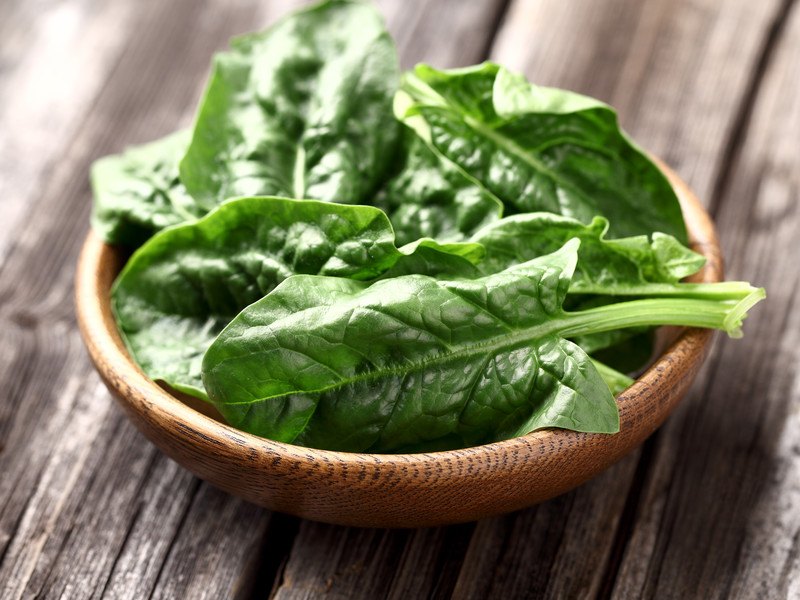
Spinach is packed with vitamins, minerals, fiber, water, and other nutrients that could have a tremendous impact on the skin. While some people use spinach in-home face mask recipes, eating spinach helps provide deep nutrition that could prevent acne from the inside out.
One cup of raw spinach provides 16% of the daily recommendation for vitamin A. Vitamin A helps prevent sun damage, and it can help slow down dead skin turnover, which prevents acne by limiting the amount of dead skin that builds up in the pores. The best sources of vitamin A are in yellow or orange vegetables and in green leafy veggies like spinach.
Spinach also contains vitamin E, folate, vitamin C, several minerals, and vitamin K. Vitamin K is generally known for aiding in blood clotting, but it could also help prevent acne and minimize scarring when acne occurs. A cup of fresh spinach provides 121% of the daily recommendation for vitamin K.
Avocado
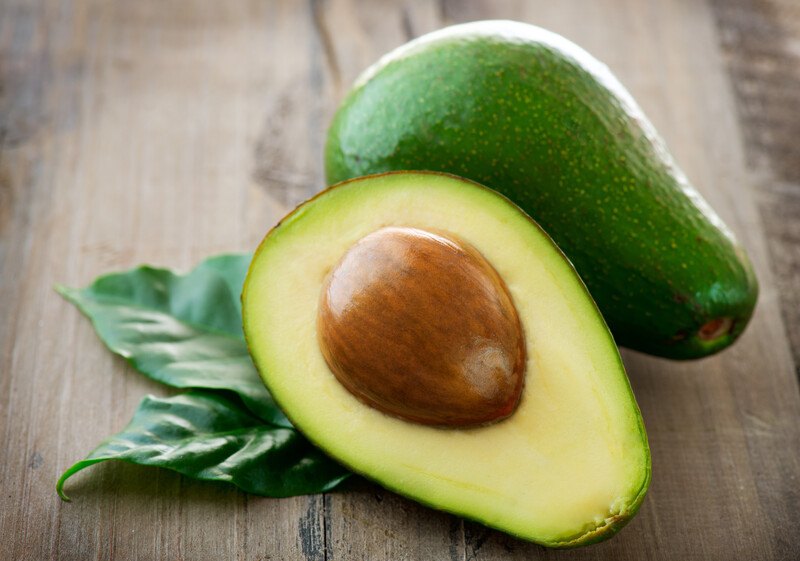
Avocados contain several nutrients that help combat acne. They’re rich in healthy fats, which keep the skin healthy, and they contain vitamin E, which helps skin heal. One avocado provides 14% of the daily recommendation for vitamin E.
Avocados are a significant source of vitamin C, vitamin K, riboflavin vitamin B6, and minerals such as magnesium, iron, potassium, and zinc. Zinc is important because it slows oil production in the skin and could help prevent infection because it has some anti-microbial properties. Magnesium helps control acne by addressing stress in the body. One avocado fruit provides 9% of the daily recommendation for zinc and 11% for magnesium.
Ginger
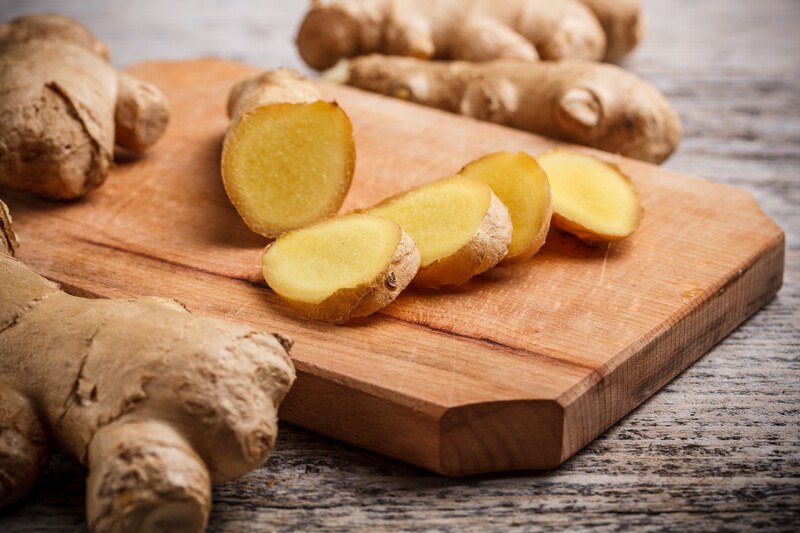
Ginger is a root herb that’s often used as a flavoring in Asian dishes. It has several health benefits, including aiding in weight loss, easing stomach problems, helping lower blood sugar levels, improving risk factors for heart disease, and soothing symptoms of osteoarthritis.
When it comes to acne, ginger is a powerful aid in controlling inflammation. It’s been shown to help get rid of the bacteria that causes acne, too. The anti-oxidants found in ginger could also help fight free radicals.
Ginger is often taken as a tea, and some people take it in capsule form, too. If you can’t find it in your local grocery store, check a health food store or order it fresh online.
Carrots

Carrots are orange veggies that are packed with vitamin A. One cup of raw, chopped carrots provides 119% of the daily recommendation for vitamin A. Carrots are also rich in riboflavin, pantothenic acid, vitamin B6, vitamin C, and vitamin E and K.
Carrots are also rich in fiber, with 13% of the daily recommendation for fiber in a one-cup serving.
Minerals are important for supporting healthy skin, too. A cup of fresh carrots provides 3% of the daily recommendation for zinc, as well as 4% for magnesium and 9% for potassium. Potassium is an interesting nutrient for fighting acne because it helps keep the skin and body in an alkalized state. This helps keep acne-causing bacteria under control.
Brazil Nuts

Like most nuts, Brazil nuts contain fiber and protein, but Brazil nuts stand out for their high levels of a mineral called selenium.
Selenium has antioxidant and anti-inflammatory properties that help treat acne. Selenium also aids in hormone balance and fighting infection, which also impacts skin health. An ounce of Brazil nuts provides 988% of the daily recommendation for selenium. People who eat Brazil nuts or other selenium-rich products should watch the amount of selenium they take in because too much selenium can be toxic.
An ounce of Brazil nuts also provides 10% of the daily recommendation for zinc, 27% for magnesium, and 7% for vitamin E.
Blueberries
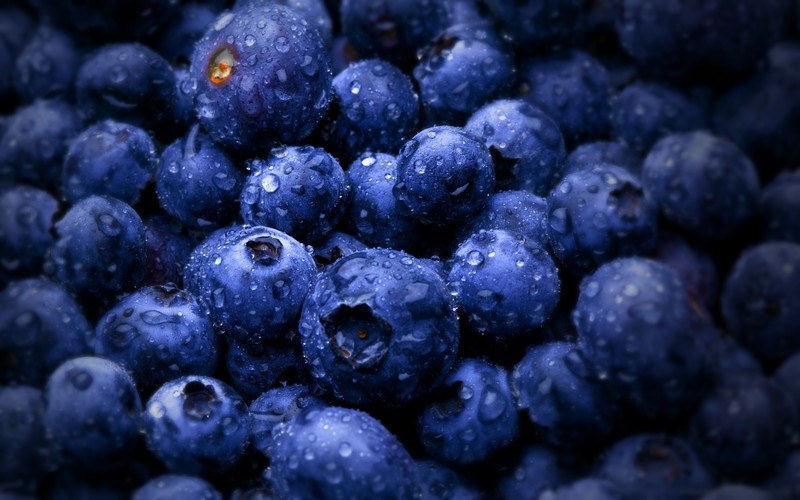
Blueberries are a superfood for several reasons. Blueberries provide water to help keep skin hydrated and fiber, which impacts skin health by improving gut health, too. One cup of fresh blueberries provides 13% of the daily recommendation for fiber.
Blueberries and other dark berries are rich in anthocyanins, a pigment that has potent antioxidant properties. Besides helping keep skin young-looking, it could help heal damaged skin.
Blueberries are rich in salicylic acid, too. Salicylic acid has been shown to help treat acne. Blueberries are also a good source of vitamins C, K, E, and B6.
Lemons
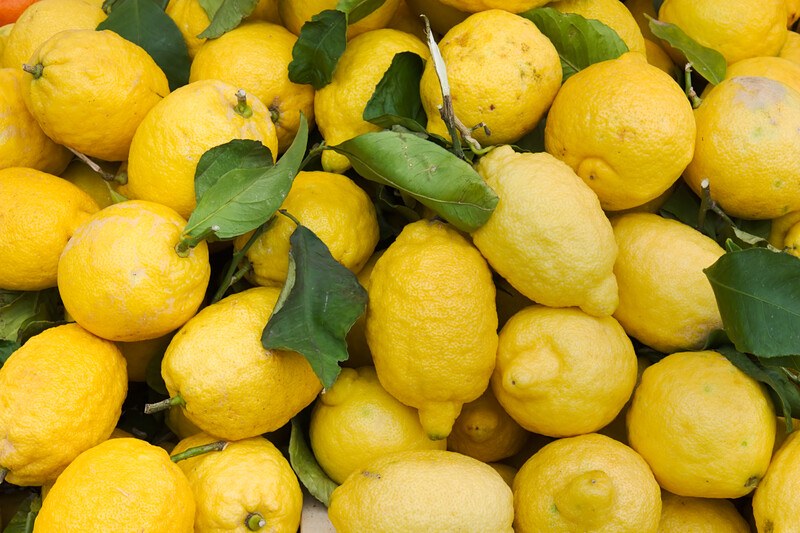
Lemons and other citrus fruits are known for their high levels of vitamin C. Vitamin C are important for skin health because it acts as both an antioxidant and an anti-inflammatory substance. One lemon provides 38% of the daily recommendation for vitamin C. It also contains vitamin B6, magnesium, potassium, and riboflavin.
Lemons could also help destroy the bacteria that causes acne, and they could fight acne by helping dry, oily pores. Some people use lemon juice topically, but one of the best ways to put lemons to work for fighting acne is to take them internally. Garnish fish dishes with lemon slices, or put lemon wedges in your water.
Eggs
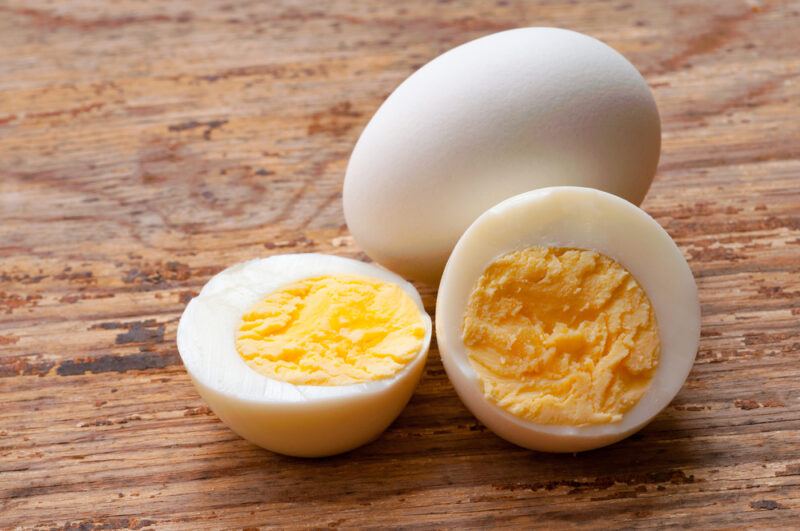
Eggs help protect against acne in several ways. They’re rich in vitamins and other nutrients that help reduce stress, impact insulin sensitivity and even help regulate how fast dead skin sheds and builds up in pores.
One egg provides 24% of the daily recommendation for vitamin A and 45% for riboflavin. This is important because people with riboflavin deficiencies often have acne. An egg also contains 17% of the daily recommendation for vitamin B6, which works in conjunction with riboflavin to help keep skin clear.
One egg also provides 16% of the daily recommendation for zinc and 75% for selenium.
Kale
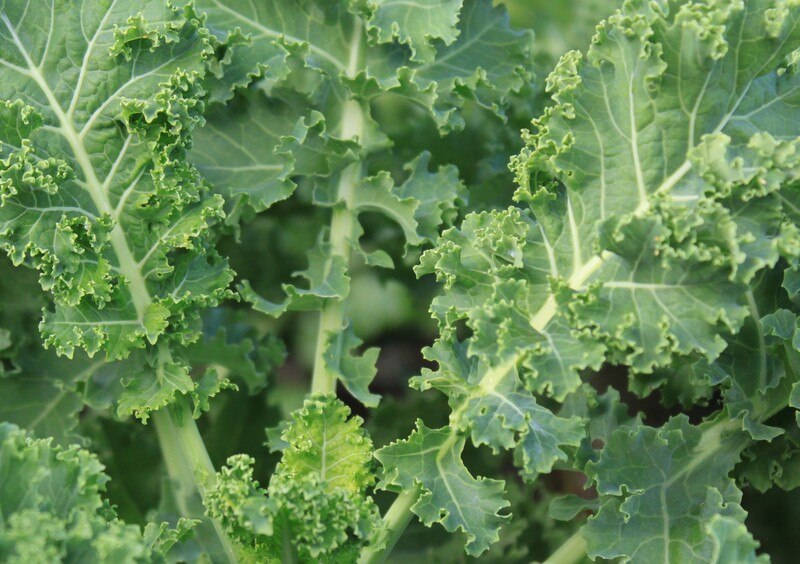
Like spinach, kale is a dark green, leafy vegetable that contains a wide variety of nutrients to help fight acne. Kale contains vitamin B6, riboflavin, and other B vitamins, as well as vitamins A, C, and K. Kale is also a good source of potassium and magnesium.
Kale is a cruciferous vegetable, which means it’s part of the cabbage family. Cruciferous vegetables contain a substance called sulforaphane that has significant health benefits. Sulforaphane helps protect the body against several types of disease, ranging from cancer and heart disease to eye disease and respiratory issues. Sulforaphane is a potent antioxidant and anti-inflammatory compound, so it’s also useful in helping keep acne under control.
Salmon
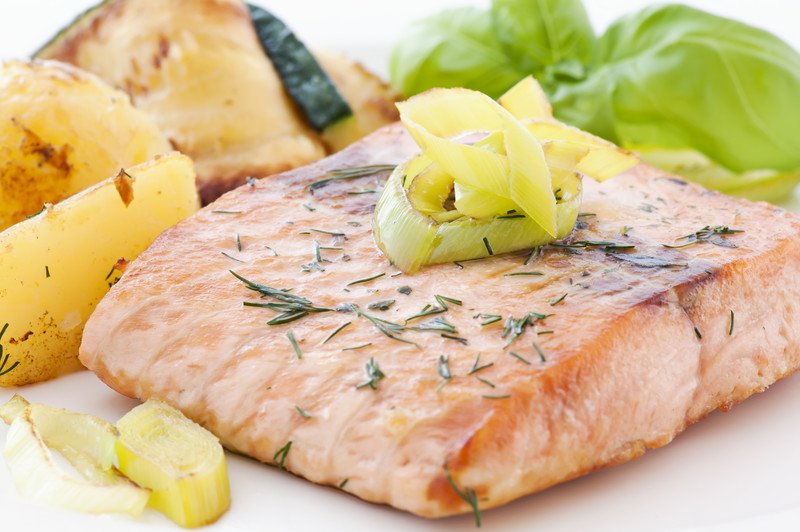
Salmon is a superfood with several health benefits, including protecting heart health, supporting a healthy brain, and aiding in healthy aging. Most of the salmon’s health benefits come from its abundance of omega-3 fatty acids.
Omega-3 fatty acids have anti-inflammatory properties, which could help fight acne. At the same time, salmon is rich in vitamin D, which helps prevent acne in several ways. Vitamin D regulates hormone levels, combats inflammation, has antimicrobial properties, and helps people manage stress. One small salmon fillet contains around 115% of the daily recommendation for vitamin D.
Broccoli
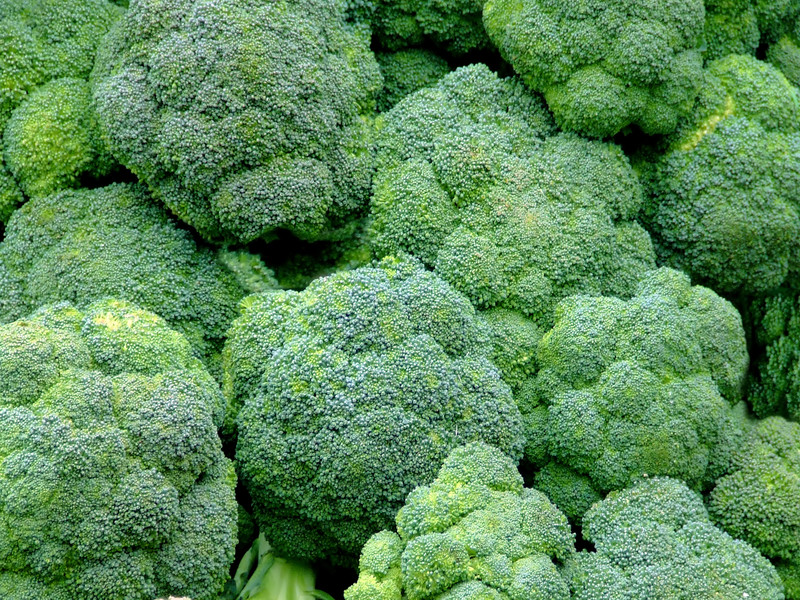
Like kale, broccoli is a cruciferous vegetable, containing sulforaphane and other nutrients to fight acne. Broccoli is surprisingly rich in vitamin C. A cup of raw, chopped broccoli provides 90% of the daily recommendation for vitamin C, which helps boost the immune system and has anti-inflammatory and antioxidant properties.
A cup of raw, chopped broccoli also provides 12% of the daily recommendation for vitamin B6, 10% for pantothenic acid, and 8% for riboflavin. It’s also a good source of vitamins A, E, and K and the minerals magnesium, potassium, selenium, and zinc.
Cucumber
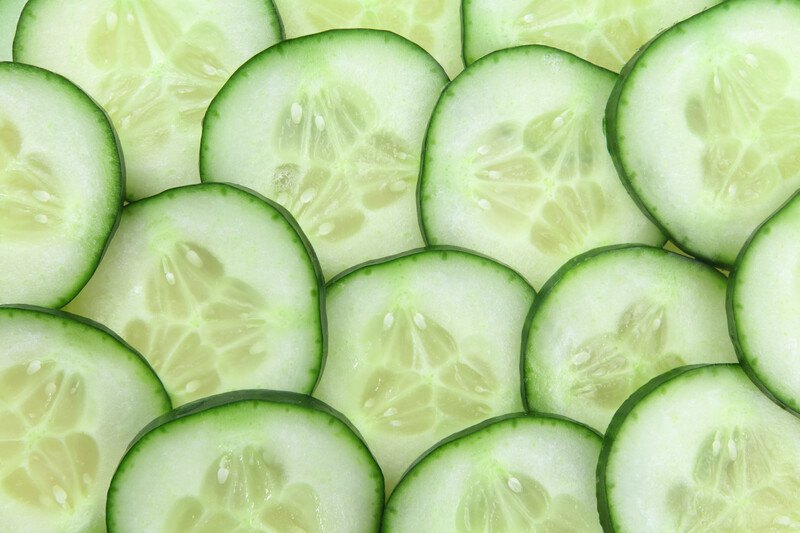
Cucumbers have astringent qualities, so they can be added to face masks and other homemade topical acne treatments. Eating them helps fight acne, too. Cucumbers are a great source of water, which helps cleanse and purify the body from the inside out and keeps skin hydrated.
Cucumbers also have antioxidant and anti-inflammatory properties to help fight acne.
Beans And Lentils
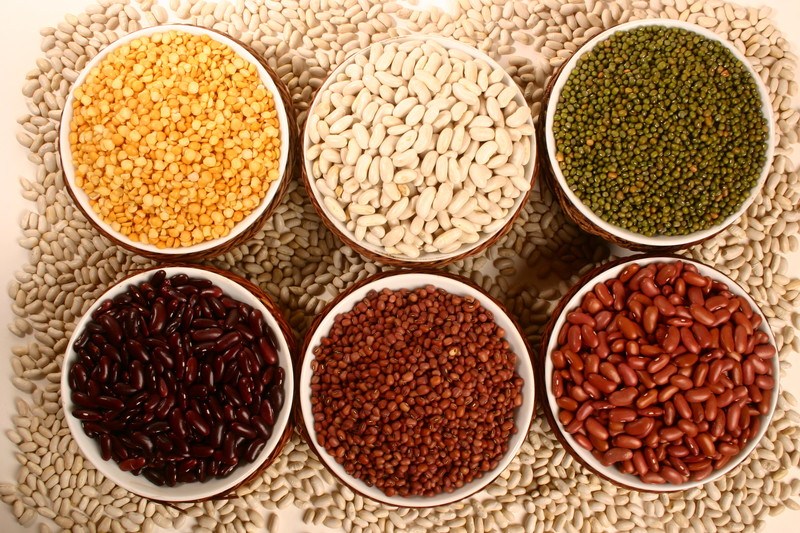
Beans and lentils are known for their high levels of protein and fiber. While the fiber could help improve the gut microbiome in a way that helps improve skin conditions, beans and legumes fight acne in other ways, too.
While some sources indicate that beans and legumes may trigger acne in some people, these foods are also packed with nutrients to help fight it. For example, a cup of black beans provides 107% of the daily recommendation for fiber, 61% for potassium, and 43% for vitamin B6. They’re also rich in riboflavin, pantothenic acid, and minerals such as magnesium and zinc.
Each type of bean and legume has its own nutrient profile, and many of them contain the same types of minerals and vitamins that black beans do.
Turmeric
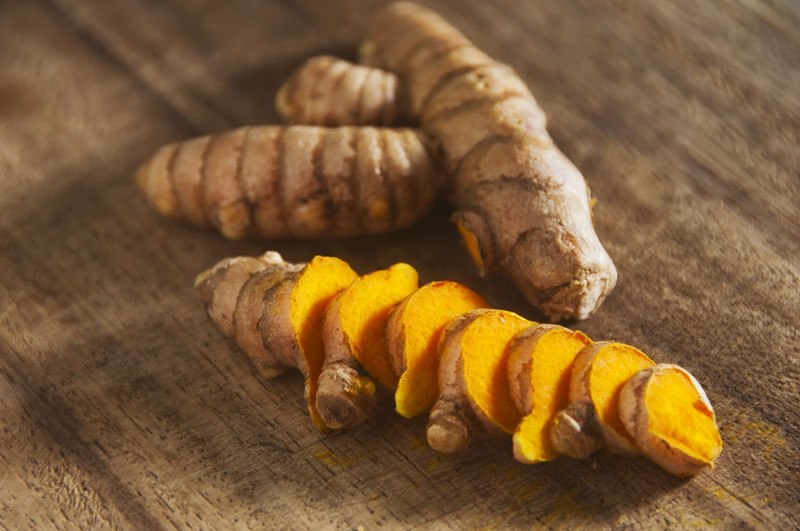
Like ginger, turmeric is a root herb that’s often used as a flavoring in Asian cuisine. You might recognize it as the spice that gives yellow curry its distinctive color and flavor.
Turmeric contains a substance called curcumin. Curcumin is a strong antioxidant and anti-inflammatory substance, and it has antifungal, antimicrobial, and antibacterial properties. For these reasons, turmeric is useful when it’s applied topically to cysts, rashes, and other skin conditions. Eating turmeric helps provide those same benefits from the inside out. If you’re not used to eating turmeric, you could try taking turmeric capsules.
Five Common Kitchen Herbs To Fight Acne

Now that you’ve read through the 15 best foods to eat for acne, let’s discuss five common kitchen herbs you could add to your acne diet. These herbs are often used as spices in everyday foods, so they’re easy to find and use.
Herb #1: Cinnamon
Cinnamon is a warm, sweet spice that comes from the bark of the cinnamon tree. It fights inflammation and oxidation, and it has some antibacterial properties, too.
Herb #2: Cayenne
Cayenne is a small, red pepper that contains a compound called capsaicin. Capsaicin helps treat acne by improving circulation and opening pores, and it helps fight the microbes that cause acne. Besides capsaicin, cayenne peppers provide vitamins C and E.
Herb #3: Black Pepper
Like cayenne pepper, black pepper has some antibacterial properties that help destroy the microbes that cause acne. It also has some antioxidant properties.
Herb #4: Green Tea
Green Tea has antimicrobial properties that help fight acne and antioxidant properties to help prevent it. It’s often used in homemade face masks and face washes, as well as taken internally.
Herb #5: Garlic
Garlic is another herb that helps get rid of the bacteria that cause acne. Garlic also improves circulation and reduces inflammation.
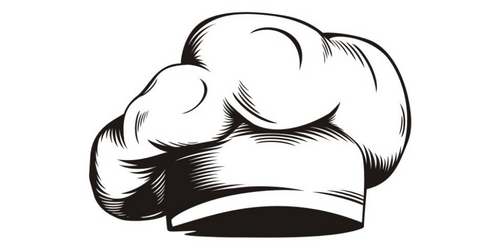
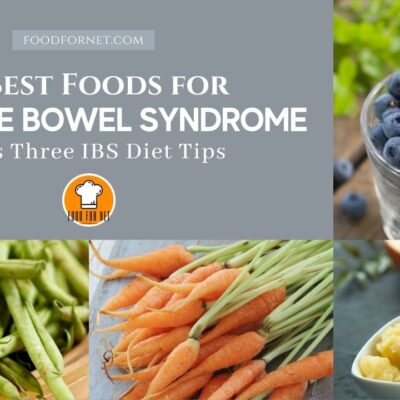


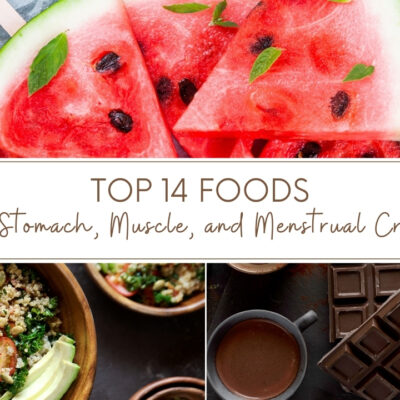





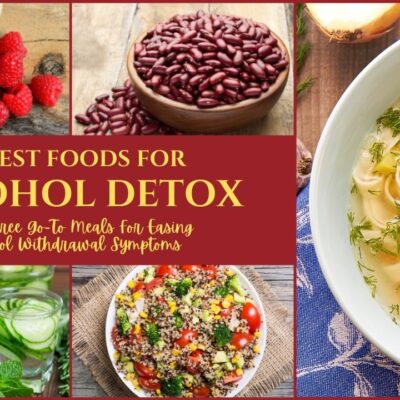
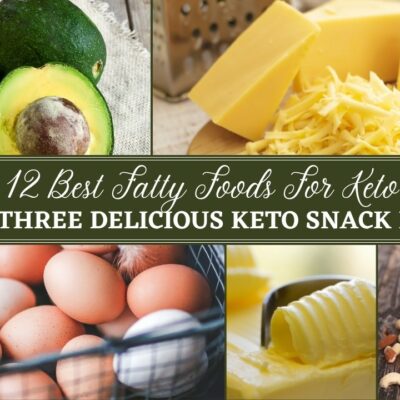
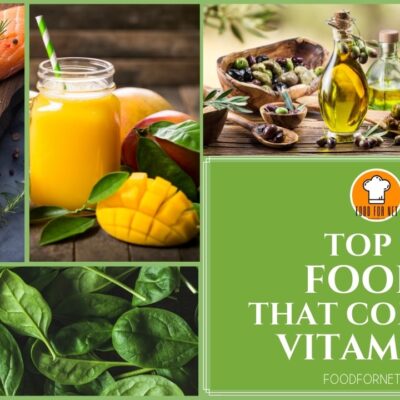




 Are Bell Peppers Good For You?
Are Bell Peppers Good For You?
Leave a Reply